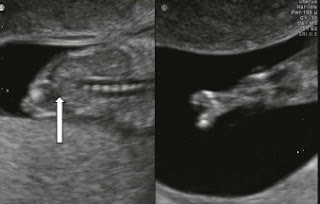38,000kg whale reduced to skeleton in 24hrs

On the 29th July a huge whale was washed ashore by strong currents off the coast town of Brass, Beyelsa state a Niger-Delta state in Nigeria. This whale which got stuck on the shallow water on the coast line couldn't move itself to the sea because of it weight. The whale weighs 38,000kg. On-lookers and leisure seekers on the beach at the time gathered to sea this aquatic monster. As the news went around town people came out with buckets, knives and axes to get a piece of this manner that doesn't appear everyday. The scene suddenly became a butcher market as everyone cut for themselves pieces of whale meat for themselves and for sale. Bit by bit this mighty aquatic beast that stranded on the beach was divided into pieces. In 24hrs the huge whale was reduced to skeleton as the whole shoreline became red from whale blood. Bayelsa state is one of the rich oil producing states in Nigeria and has a high level of poverty among it's populace. With Nigeria...









